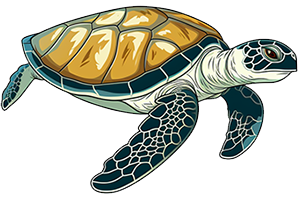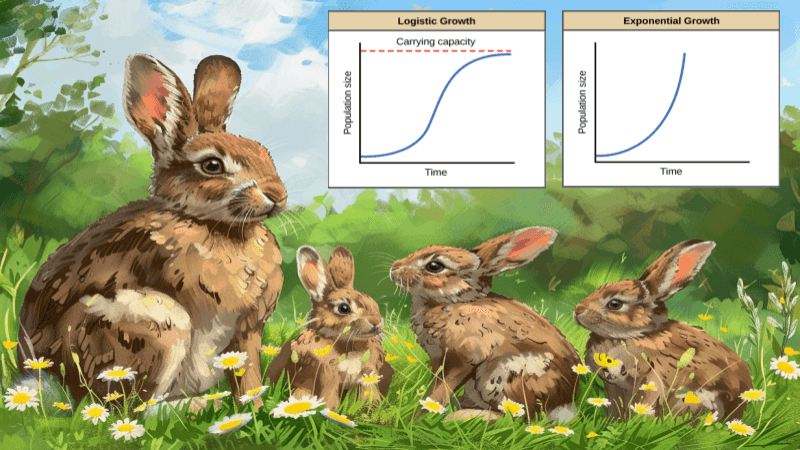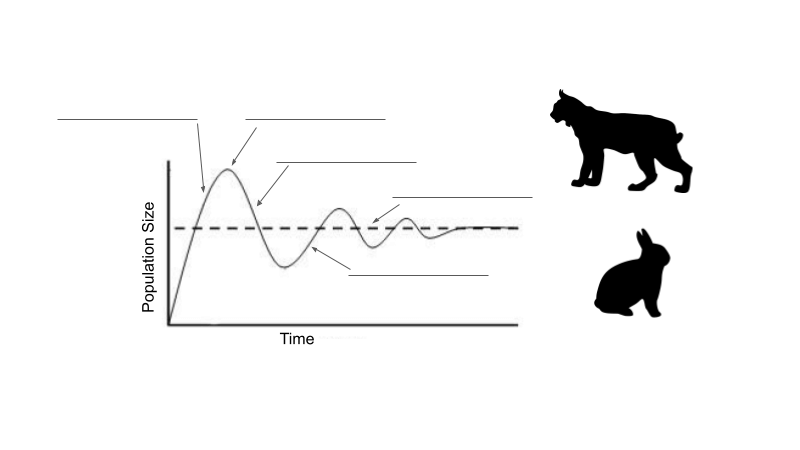Category: Ecology
-
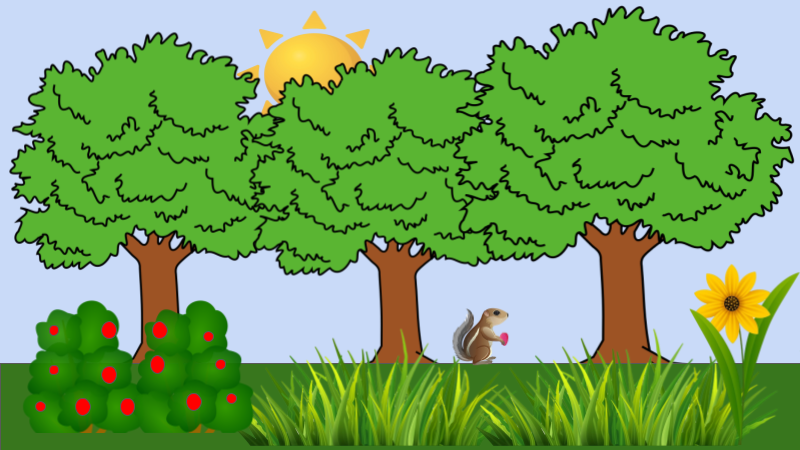
Ecological Succession Card Sort Activity
Ecological succession is a key idea in ecology that describes how ecosystems change and develop over time. It is the natural process where an ecosystem’s structure and species composition gradually shift, leading to the formation of a stable, mature community. This process involves a series of stages, each characterized by different types of species and…
-
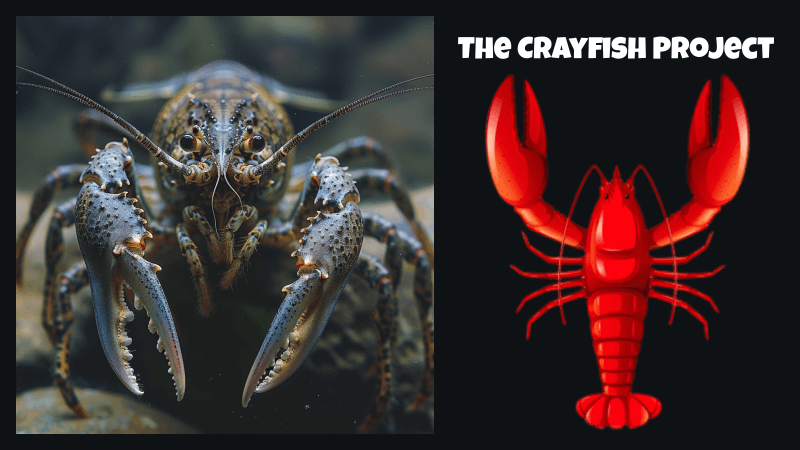
The Crayfish Project – Ecology and Anatomy
Student project on crayfish which includes learning about crayfish ecology, invasive species, and food webs. Dissect a crayfish specimen to learn anatomy!
-

Case Study – Effects of Coyote Removal in Texas
Examine data from an experiment where coyotes were removed from test sites. Evaluate the effects on rodents and mesopredators.
-
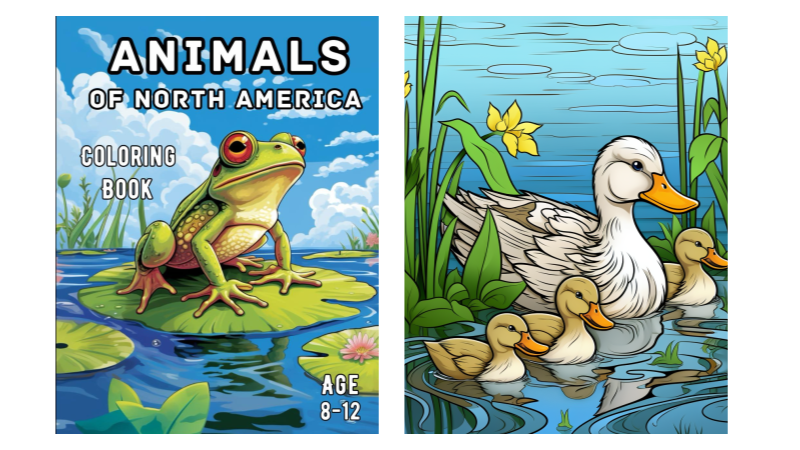
My Coloring Book – Animals of North America
A coloring book showcasing the animals of North America. Shows a variety of animals in their natural habitats!
-

Interpreting a Food Web and Trophic Levels
Students analyze a food web and determine the types of consumers, herbivores, carnivores, and omnivores. Then they construct a pyramid of numbers.
-
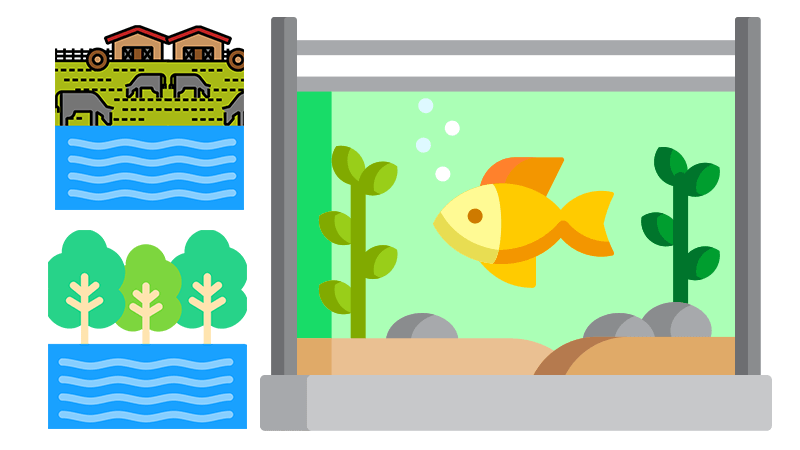
What Causes Algae Growth in Ponds?
Students examine data on two ponds to determine what is causing the algae growth in the pond near a farm.
-
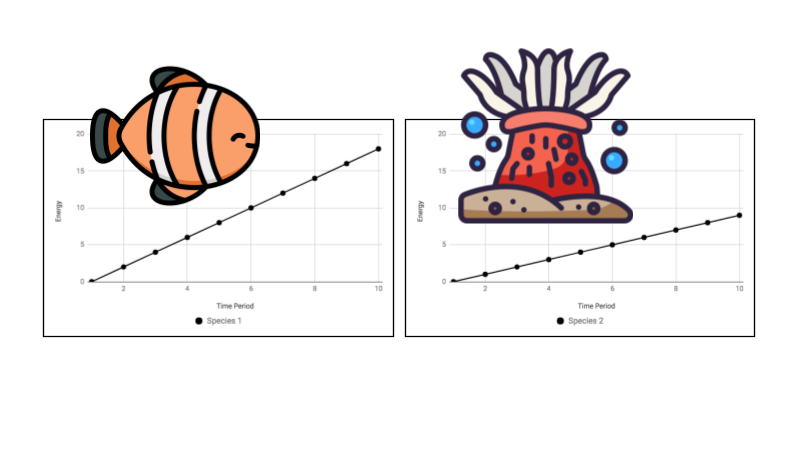
Symbiosis and Energy Use Graph Analysis
Students examine three graphs showing different types of symbiosis: mutualism, commensalism, and parasitism.
-
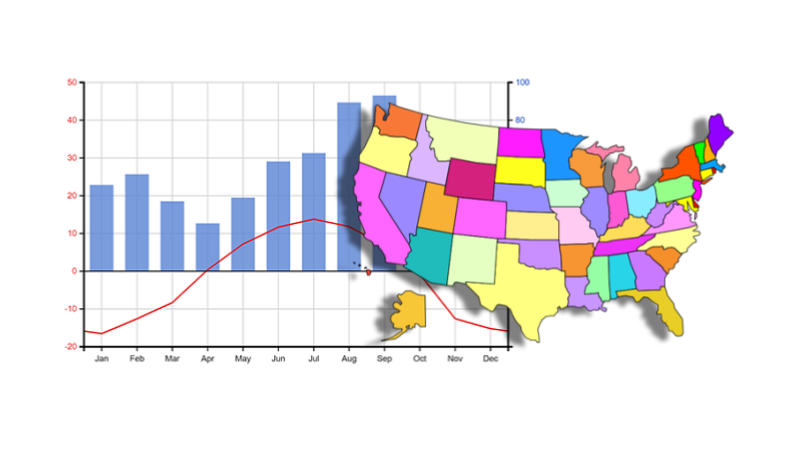
Analyze Data and Create a Climate Graph
Students practice analyzing climate graphs of four regions in the United States. Answer simple questions and create a graph from data collected in Germany.
-

Biology (Bee Book) Units 1 & 2 Reading Guides
Unit 1 and 2 Reading Guides for Miller and Levine Biology (Bee Book). Google Doc versions that can be shared on learning platforms.
-

Investigating Sea Turtles and Sex Determination
Create a model of a turtle nest to record temperatures at different depths. The temperature of the nest will determine whether turtles are male or female.
-
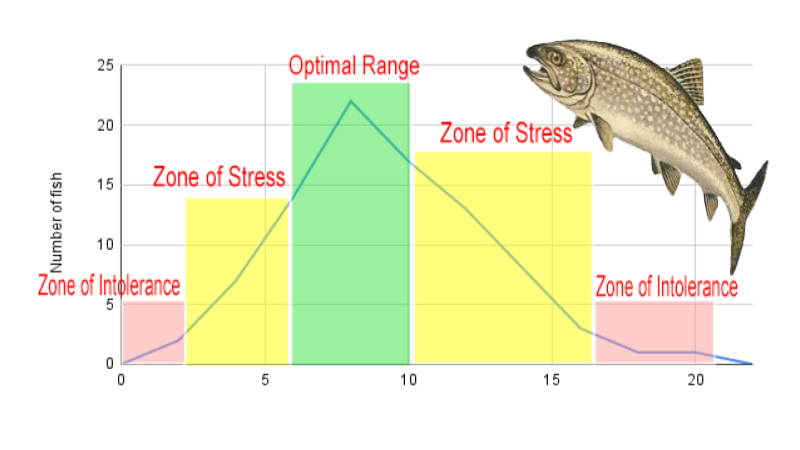
Exploring Range of Tolerance in Steelhead Trout
Students learn about the range of tolerance by graphing the number of trout found at different temperatures in a stream. Includes analysis questions.
-
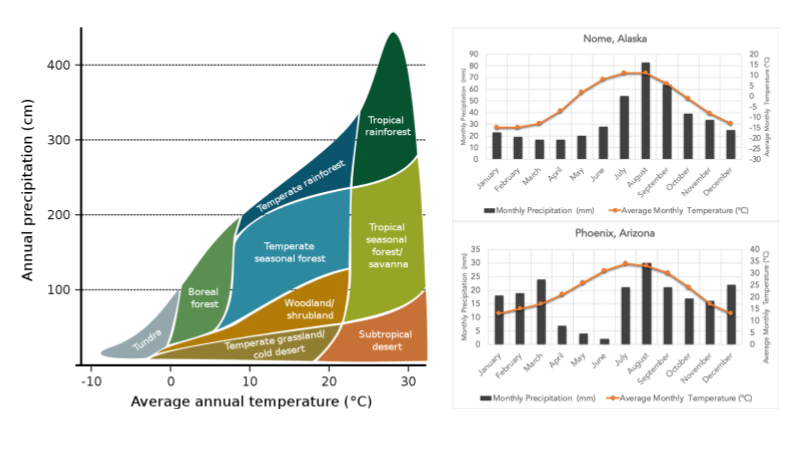
Analyzing Data – Explore Features of Biomes
Practice analyzing data from graphs in this exercise. There are several graphs that show precipitation and temperature of nine major biomes of the world.
-
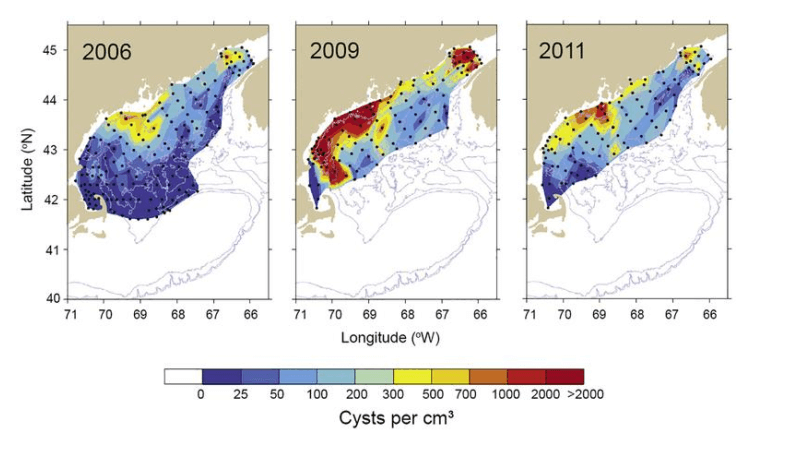
Investigating Algae Blooms and Dinoflagellates
Explore data on algae blooms by creating a heat map revealing changes in algae over time. Discuss the role that humans have on algae growth.
